Workshop at IEEE CASE 2024 – Bari, Puglia (Italy)
International Conference on Automation Science and Engineering
Industrial Exoskeletons: Market Demands, Open Challenges and Research Opportunities
September 1, 2024 – Full day workshop session
with 4 hours of presentations, 1 hour of group discussion, and 1 hour of live demonstrations
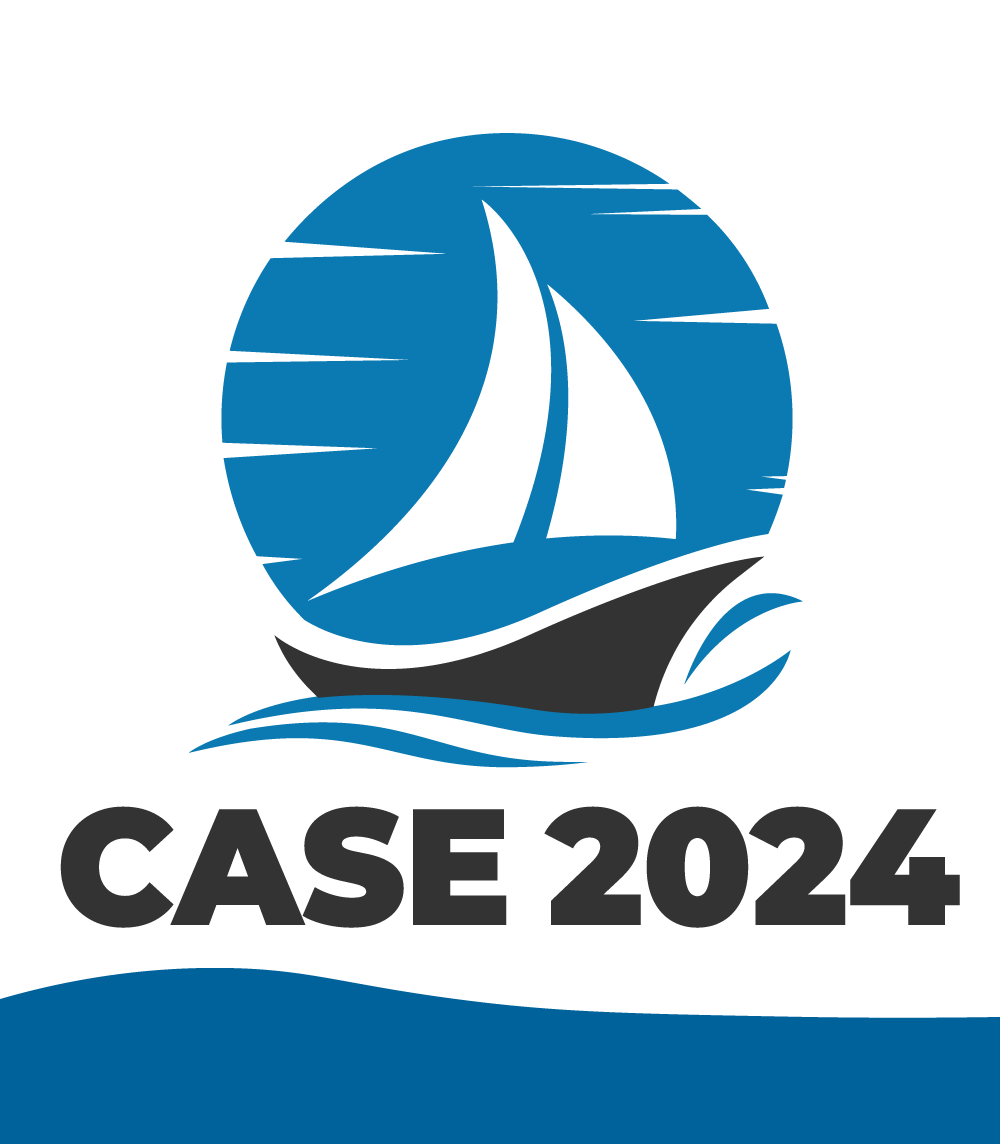
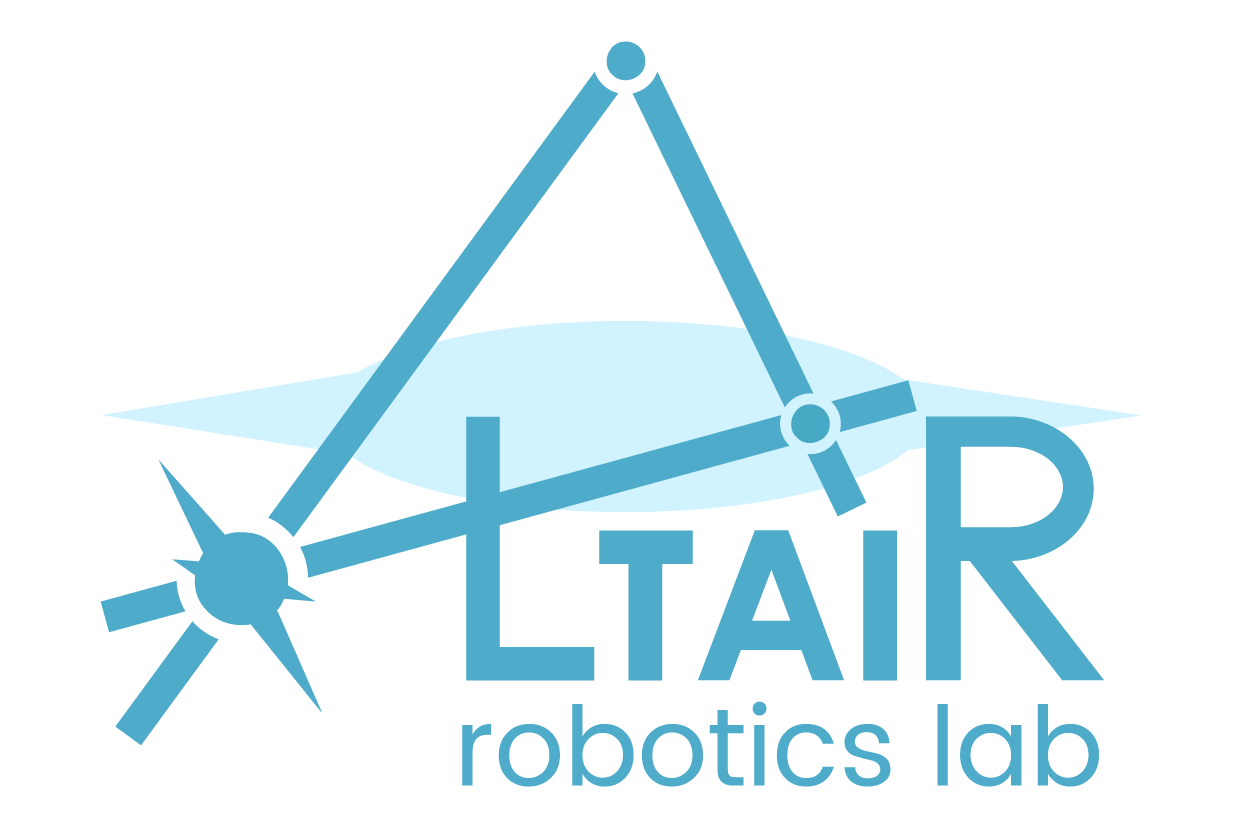
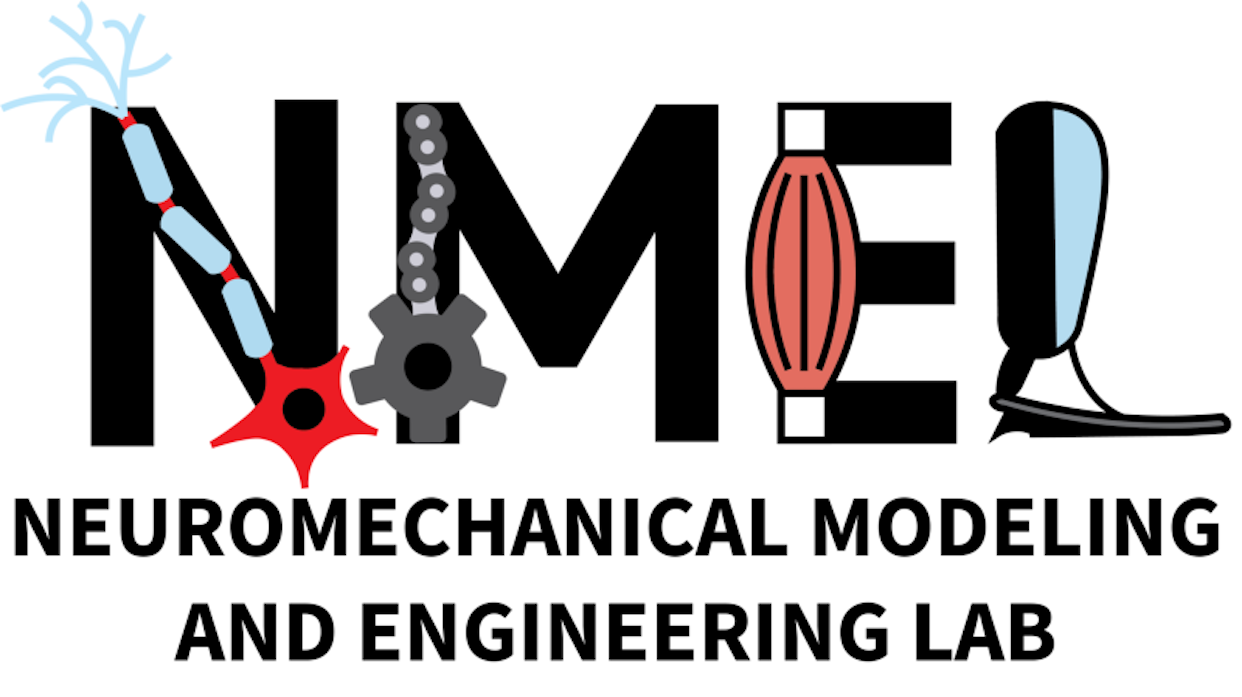
Organizers and Advisors
Andrea Calanca – Associate Professor, University of Verona (Italy) – andrea.calanca@univr.it
Mohamed Irfan Refai – Assistant Professor, University of Twente (Netherlands) – m.i.mohamedrefai@utwente.nl
Francesco Pascucci – PhD Student, University of Verona (Italy) – francesco.pascucci_01@univr.it
Eldison Dimo – PhD Student, University of Verona (Italy) – eldison.dimo@univr.it
Paolo Fiorini – IEEE Fellow, University of Verona (Italy) – paolo.fiorini@univr.it
Massimo Sartori – Full Professor, University of Twente (Netherlands) – m.sartori@utwente.nl
Motivation and goals
Industrial exoskeletons have recently seen great developments, with dozens of devices literally invading the market. Robotic exoskeletons have the potential to protect musculoskeletal system from injury and to reduce the occurrence of chronic musculoskeletal disorders.
The explosion of industrial exoskeletons has seen a great variety of passive designs which use elastic components grounded to the human body to balance gravitational forces due to loads. Instead, active exoskeletons use powered actuators aiming at providing more versatile physical assistance. The main advantages of passive designs with respect to active ones are simplicity, wearability, lightweight and lower costs. However, these designs lack adaptability and need to change the assistance level manually. Due to these limitations active or hybrid devices start appearing on the market. Thanks to an efficient combination of passive and active elements, hybrid exoskeletons can preserve a certain lightweight, thanks to low power demand, while possibly providing highly adaptive solutions. However, maximizing the device’s wearability and inferring the optimal assistance are still open challenges.
The objective of this workshop is to shed light on existing challenges and possible solutions related to industrial exoskeletons. How is it possible to reduce the wearability gap between passive and active exoskeletons? What are the main challenges associated with active/hybrid devices from an industry perspective? How is it possible to reduce the perceived effects of reaction forces? What are the main causes of discomfort with existing technology? What is the user acceptance rate and how to improve it? How far are we from reaching a responsive, truly versatile, and natural robotic assistance? The workshop includes discussions on user acceptance and application-specific requirements as well as the identification of scientific challenges and possible solutions on kinematics and ergonomic design, hybrid actuation, motor and transmission selection, load estimation, myography-based control, and advanced assistive strategies.
Workshop format
This workshop will bring together researchers from exoskeleton companies and academia with the aim of fostering discussions about existing challenges and possible research opportunities.
The workshop includes presentations from both industrial and academic researchers with considerable time allocated for discussion: after each presentation, during live demonstrations and during the panel group discussion.
The workshop also includes demonstrations from both industrial and academic sides. Demonstrations from industries will allow companies to showcase their product and solicit discussion on their features, their advantages, and the desired improvements. Demonstrations from academia will allow researchers to present their developments to foster the discussion on opportunities and limitations of the research approaches.
Tentative Schedule
LIST OF Speakers
Kevin De Pauw
From proof of concept to market-proof robotics devices; Where neurophysiology meets bioengineering
Human Physiology and Sports Physiotherapy Research Group (MFYS), Vrije Universiteit Brussel (Belgium)
Kevin De Pauw is a human movement scientist of the Human Physiology and Sports Physiotherapy research group of the Vrije Universiteit Brussel. He conducts research in the field of occupational exoskeletons, prosthetics and cobots.
Andrea Calanca
Exoskeleton Control: from Actuation to Augmentation
Altair Robotics Laboratory, University of Verona (Italy)
Andrea Calanca is an associate professor at the University of Verona. He has 15 years of research experience with a main emphasis on control algorithms for human-robot interaction, including the control of flexible/elastic systems, EMG-based control, assistive strategies and exoskeleton design and control.
Mohamed Irfan Refai/Emanuele Feola
Estimating the Operator’s Payloads by Means of Personalized Neuromechanical Models
Neuromechanical Modelling & Engineering Lab, University of Twente (Netherlands)
Mohamed Irfan Refai is an Assistant Professor for AI and Sensing Technologies within the Chair of Neuromechanical Engineering. His research focus is on developing data- driven and model-based techniques for modelling human intention and movement and providing protective assistance for industrial or space applications. His background is in wearable sensing and personalized musculoskeletal models for assistive devices.
Maria Lazzaroni
Extending the capabilities of active exoskeletons: actuation and control strategies Advanced Robotics
Wearable Robots, Exoskeletons and Exosuits Laboratory (XoLab), Istituto Italiano di Tecnologia (IIT) (Italy)
Maria Lazzaroni is a Postdoctoral Researcher at IIT’s Wearable Robots, Exoskeletons and Exosuits Laboratory (XoLab), where she is dealing with the development and evaluation of robotic exoskeletons to assist factory workers and reduce the incidence of occupational injuries, in partnership with the Italian Workers’ Compensation Authority (INAIL).
Stefano Toxiri
Occupational exoskeletons: Proteso’s experience and thoughts on achieving their impact on a global scale
Proteso srl, Genova (Italy)
Stefano Toxiri spent the last decade designing and validating wearable robots applied to preventing workplace overexertion injuries. After a PhD and seven years as researcher at IIT’s XoLab, he went on to co- found and lead Proteso, a spin-off company of IIT focused on bringing accessible powered exoskeletons to the market.
Shirley Elprama
Towards sustainable exoskeletons and user acceptance
Imec-SMIT-Vrije Universiteit Brussel & FARI – AI for the Common Good Institute (Belgium)
Shirley A. Elprama completed her PhD thesis on the acceptance of occupational exoskeletons at work. She uses qualitative and quantitative (user-centred) research methods to study how people use technology at work (such as robots, cobots and exoskeletons).
Philipp Beckerle/Rodrigo Velasco
Human-centered Exoskeletons: Enhancing Design and Control through User Involvement
Autonomous Systems and Mechatronics, FAU Erlangen-Nürnberg (Germany)
Philipp Beckerle is full professor and chair of Autonomous Systems and Mechatronics at FAU Erlangen- Nürnberg (www.asm.tf.fau.de). His research interest is in human-centered mechatronics and robotics and his work was honored with various awards.
Rodrigo Velasco has been a doctoral candidate under the supervision of Philipp Beckerle since 2019 and is currently completing his doctoral dissertation. His research interests include fault-tolerant control of elastic actuators, exoskeleton development and control, and user experience in human-robot interaction.
Loris Roveda
SUPERHUMAN: a back-support exoskeleton for working activities
Senior Permanent Researcher at IDSIA Dalle Molle Institute for Artificial Intelligence (Switzerland)
Loris Roveda received the MSc and Ph.D. degrees in mechanical engineering from Politecnico di Milano, Milan, Italy, in 2011 and 2015, respectively. He is currently a Senior Permanent Researcher with the Dalle Molle Institute for Artificial Intelligence (IDSIA), University of Applied Sciences and Arts of Southern Switzerland (SUPSI), Università della Svizzera italiana (USI), Manno, Switzerland, working on AI and ML techniques applied to industrial robotics (such as robot control, human-robot collaboration, and dynamics identification). He has been involved in many national and European projects. He is now coordinating the EIT-M SUPERHUMAN project. He is also the PI of the EUREKA EUROSTARS ACHEAS project and the EIT-M HCP-bO project.
Enno Dülberg
Vision meets reality: bringing active exoskeleton technology from research to product
Founder and CEO of Auxsys GmbH (Germany)
Enno Dülberg is an accomplished engineer and entrepreneur with a strong background in mechatronics. He earned both his B.Eng and M.Sc. in Mechatronics from the University of Applied Sciences Aachen. From 2016 to 2022, Enno worked as a Research Project Engineer at the MASKOR Institute for Robotics, where he contributed to cutting-edge projects in the field of robotics and automation. In 2022, Enno founded Auxsys GmbH, a company where he currently serves as CEO, driving innovation and leading the development of advanced robotic systems.
LIST OF Demonstrators
Proteso Exoskeleton by Proteso – Referent: Stefano Toxiri
SuperHuman by EIT-Manufacturing – Referent: Loris Roveda
Exo4Work, prototype from Vrije Universiteit Brussel, VUB – Referent: Kevin De Pauw
AGtuator, prototype from University of Verona – Referent: Andrea Calanca
EMG-based control testbed, prototype from University of Verona – Referent: Andrea Calanca

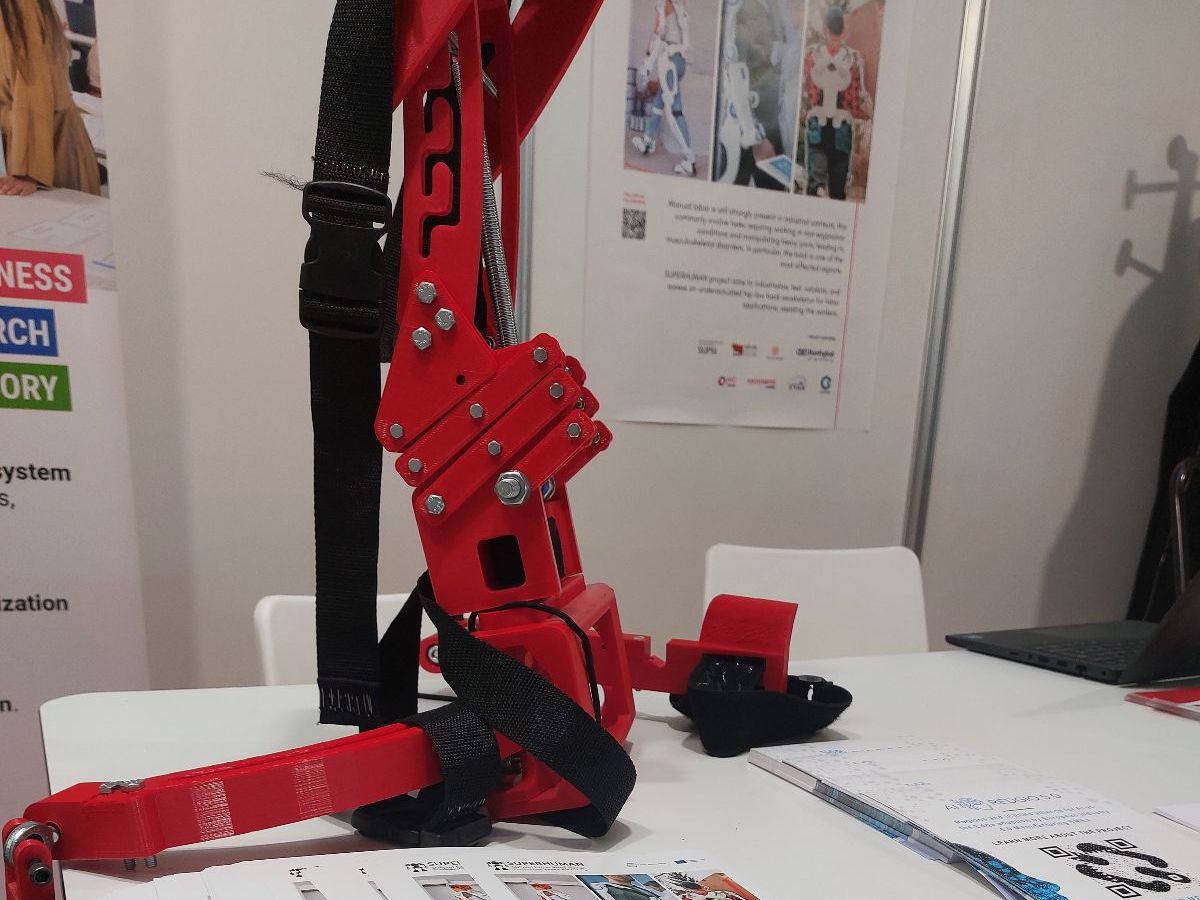
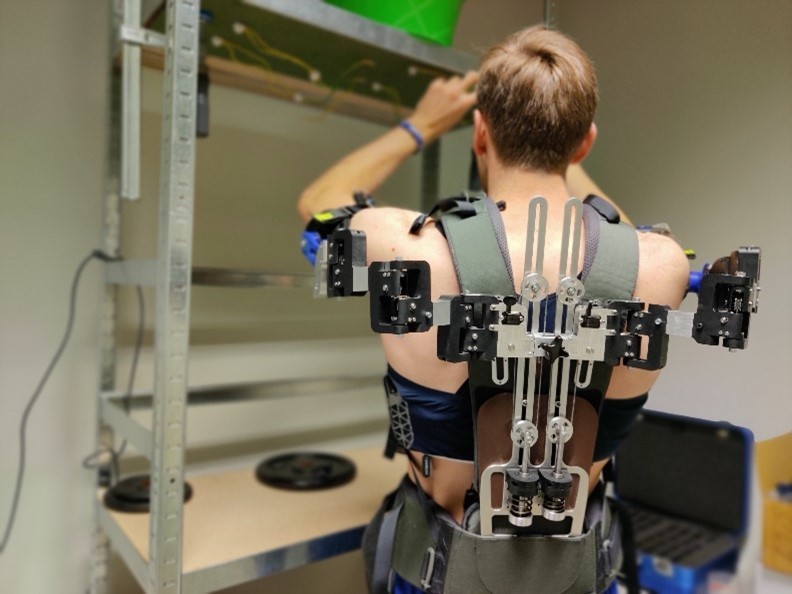
Contacts
Andrea Calanca – andrea.calanca@univr.it
Irfan Refai – m.i.mohamedrefai@utwente.nl

